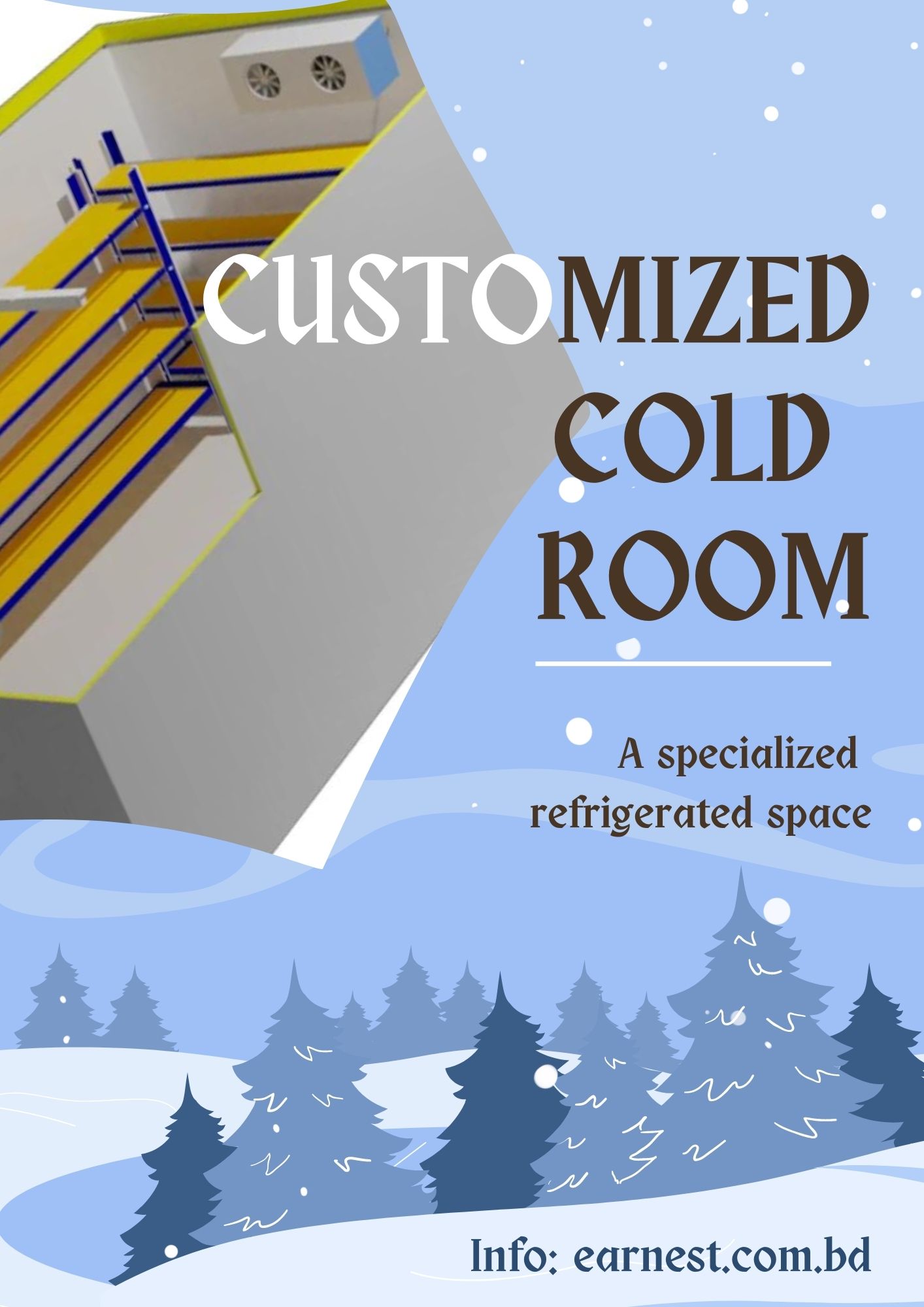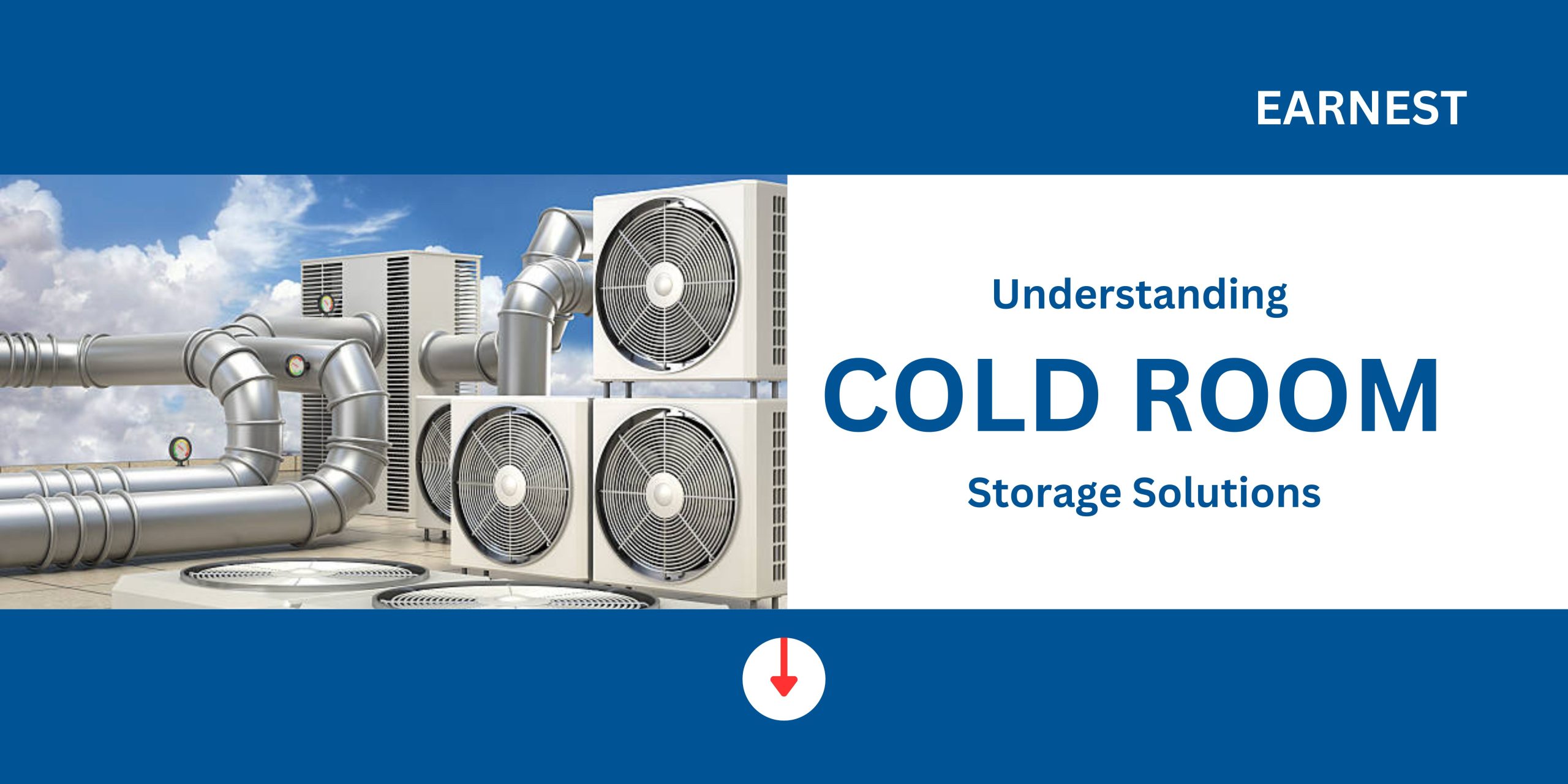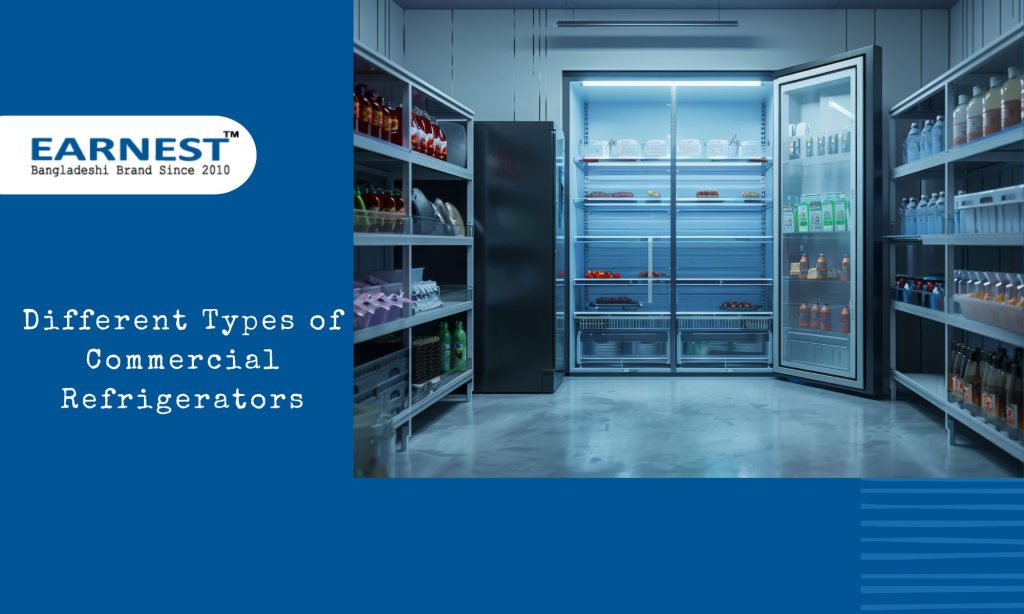A cold room, also known as a cold storage room or a walk-in cooler, is a specialized refrigerated space used to store perishable items or temperature-sensitive products at low temperatures. These rooms are commonly found in various industries, including food service, hospitality, pharmaceuticals, and scientific research.
Features of a Cold Room:
- Insulation: Cold rooms are designed with high-quality insulation materials to maintain low temperatures and prevent heat transfer from the surroundings. Common insulation materials used include polyurethane foam panels, which provide excellent thermal resistance.
- Temperature Control: Cold rooms have cooling systems that regulate the temperature inside the room. These systems typically use a refrigeration unit, such as a condensing unit or evaporator, to remove heat from the space. The temperature can be adjusted based on the specific requirements of the items being stored.
- Shelving and Racking: Cold rooms are equipped with shelves or racks to organize and maximize storage capacity. These fixtures are often made of stainless steel or other materials that can withstand low temperatures and are easy to clean.
- Doors: Cold room doors are designed to provide a tight seal to prevent warm air infiltration. They are typically insulated and equipped with gaskets to maintain the desired temperature and minimize energy loss.
- Lighting: Cold rooms usually have specialized lighting systems that generate minimal heat and are suitable for low-temperature environments. LED lights are commonly used because they produce little heat and have low energy consumption.

Applications of Cold Rooms:
- Food Storage: Cold rooms are widely used in the food industry to store perishable items such as fruits, vegetables, meat, dairy products, and frozen foods. Maintaining proper temperature and humidity levels helps to preserve the freshness and quality of these items.
- Pharmaceuticals: Cold rooms play a crucial role in pharmaceutical storage, as many medications and vaccines require specific temperature conditions to remain effective. Cold storage helps prevent degradation and extends the shelf life of these products.
- Research and Laboratories: Scientific research facilities often utilize cold rooms to store biological samples, reagents, and sensitive materials. Maintaining low temperatures is crucial for preserving the integrity of these samples and ensuring accurate research outcomes.
- Floriculture: Cold rooms are used in the floriculture industry to store flowers and other ornamental plants at low temperatures, preserving their freshness and extending their vase life.
- Hospitality and Catering: Cold rooms are found in hotels, restaurants, and catering businesses for storing perishable food items in large quantities, ensuring a constant supply and minimizing waste.
It’s important to note that the specific design and features of cold rooms can vary depending on the intended purpose and industry requirements.
Here are some examples of perishable items and their recommended storage temperatures:
- Fresh Fruits and Vegetables:
- Temperature: Most fruits and vegetables are best stored between 0°C to 10°C (32°F to 50°F).
- Duration: Depending on the specific item, freshness can vary from a few days to several weeks.
-
Meat and Poultry:
- Temperature: Raw meat and poultry should be stored at temperatures below 4°C (40°F) to prevent bacterial growth.
- Duration: Fresh poultry can be stored for 1-2 days, while fresh red meats can be stored for 3-5 days.
- Dairy Products:
- Temperature: Dairy products like milk, yogurt, and cheese are typically stored between 2°C to 7°C (36°F to 45°F).
- Duration: The shelf life can vary, but as a general guideline, milk can be stored for about 5-7 days, yogurt for 1-2 weeks, and hard cheese for several weeks to months.
-
Seafood:
- Temperature: Seafood, including fish and shellfish, is usually stored at temperatures between -1°C to 4°C (30°F to 40°F).
- Duration: Fresh fish can be stored for 1-2 days, while shellfish such as shrimp or lobster should be consumed within 1-2 days.
-
Pharmaceuticals and Vaccines:
- Temperature: Specific pharmaceuticals and vaccines have different temperature requirements. Some may require storage at temperatures as low as -20°C (-4°F), while others may need temperatures between 2°C to 8°C (36°F to 46°F).
- Duration: The shelf life and recommended storage durations vary depending on the specific medication or vaccine. It’s essential to follow the manufacturer’s guidelines.






